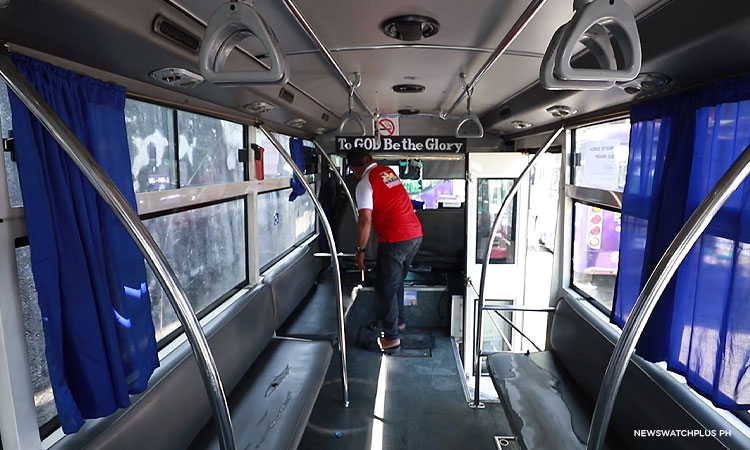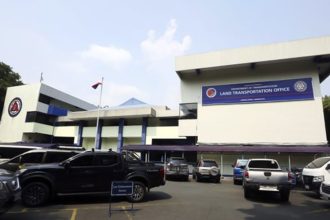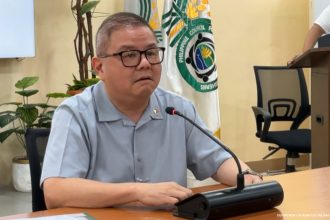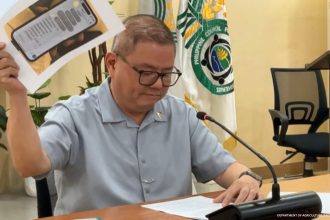
Metro Manila, Philippines — A large majority of public utility vehicles (PUV) nationwide — or 83% — have complied with the consolidation of franchises under the modernization program, a transportation official said Monday, Sept. 23.
Transportation Undersecretary Andy Ortega told reporters the Transportation Department no longer expects the remaining 17% to join cooperatives and participate in the Public Transport Modernization Program, formerly called PUV Modernization Program.
“‘Yong totoong numero po na hindi talaga or ayaw mag-consolidate, and we are talking of the two groups, that’s more or less mga 5% po iyon,” Ortega said in a Malacañang briefing.
[Translation: The real number of operators who does not want to consolidate, and we are talking of the two groups, that’s more or less 5%.]
He said a large portion of unconsolidated units were those that stopped plying routes in the aftermath of the COVID-19 pandemic.
“Marami hindi na nagre-register sa LTO (Land Transportation Office) so talagang hindi na sila pumapasada,” he added.
[Translation: Many of them did not register with the LTO.]
Ortega said the remaining small percentage of non-compliant units were those from transport groups Manibela and Piston. The two groups again went on a two-day strike from Monday, Sept. 23, to oppose the modernization plan.
The two groups have filed a petition against the modernization program with the Supreme Court.
Regulators have classified unconsolidated units as illegal.
The public transport modernization program began in 2017 during the Duterte administration. It sought to phase out old jeepney units that are unsafe for commuters.
Operators need to consolidate into one franchise supposedly to help them buy modern PUV units through loans. One modern jeepney could fetch up to ₱2.8 million.
Ortega said route rationalization, the next component of the program, will be conducted for the “next two years or so.”


















